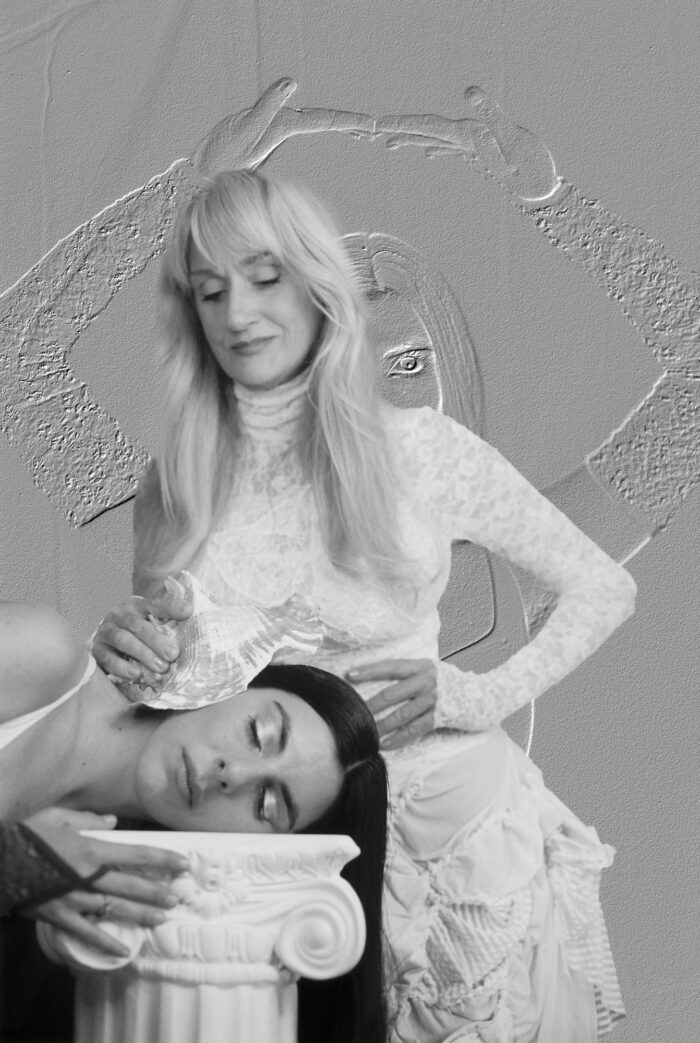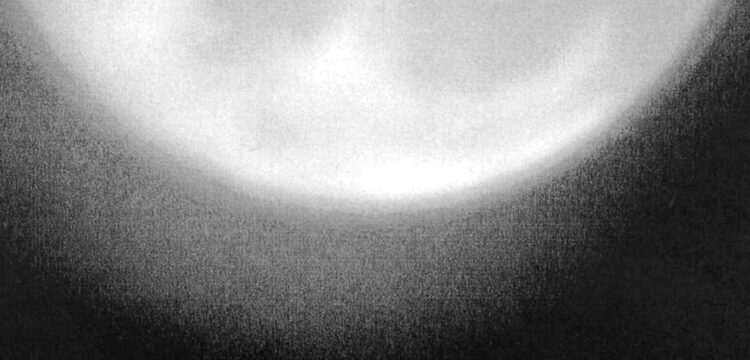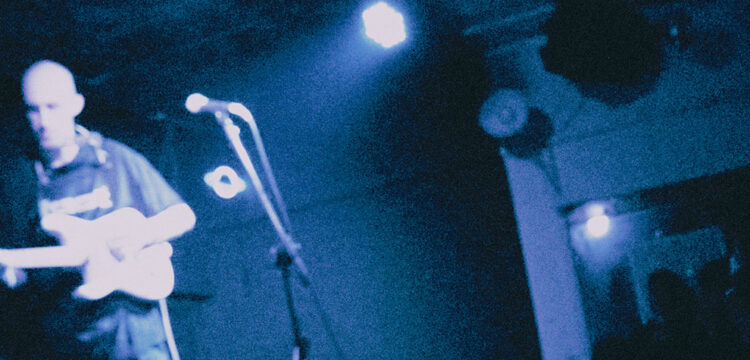Sonic Astrophysics
A Dance Lesson with Dr. Fiorella Terenzi & Francesca Heart
It was off Topanga Canyon, in that hazy stretch of Los Angeles where earth, spirit and corporate America intertwine, that I crossed orbits with Fiorella Terenzi. I was on my first US tour, stationed at Carlos Niño’s place, the kind of home that feels like a portal. Laraaji had been there, Iasos too, and Andre 3000 had left traces of improvisations in the air. Little did I know that Dr. Fiorella Terenzi, astrophysicist, sonic alchemist, cosmic hacker, also lived in the area. At that time I was also working on a new piece for the Rome Planetarium so this encounter felt serendipitous.
I had discovered her a few years before, falling through a YouTube loophole into Music from the Galaxies (1991, Island Records), her album that turned deep space radio waves into sound. Unlike the cold, mathematical precision of mainstream astrophysics, her work had something raw and feverish, it was less about data and more about incantation. She wasn’t just analyzing the universe: she was translating it, making it speak.
One afternoon, I found myself sitting across from her in a café. The conversation spiraled from planetary orbits to sound as a cosmic intelligence, until, suddenly, she stood up and said: Do you know why we only ever see one face of the Moon? Before I could answer, she began to move and asked me to follow her, her body tracing an invisible pattern, an unspoken force. The Moon, locked in tidal resonance with Earth, never reveals its far side. It turns, but always in relation to us, bound in an unbroken dance.
This spontaneous performance in a cafe evolved into something more. A week later me and my friend Phoenix drove to Fiorella’s place and filmed a home lesson of dance, science, and sonic mythologies, where Terenzi’s interstellar harmonics would guide our movements.

Terenzi’s work has always been about connection, between disciplines, between the senses, between distant galaxies and the intimate act of listening. She was one of the first to transform the electromagnetic waves of celestial bodies into sound, revealing the hidden harmonics of the universe. In doing so, she expanded the way we experience space, not just through sight, but through resonance.
When she spoke about her career, I was struck by the way she navigated multiple worlds with brilliance and fun. In 1990s Italy, astrophysics remained a rigid, male dominated, hierarchical field, and her irreverent approach, blending science with sound and film, was often met with skepticism by the academia. She moved to the U.S., where she found more room to explore, eventually becoming a professor of astronomy and physics at Florida International University, where she continues to teach and inspire young people.
She embodies a kind of knowledge that refuses to be confined, a mind that thinks in waveforms, in star frequencies, in the poetics of the cosmos. Her research doesn’t separate the rational from the intuitive, it lets them coexist, creating a richer, fuller understanding of space. And beyond her scientific brilliance, she is one of the kindest, most generous people I have ever met, full of humor, warmth, and an infinite curiosity for the world.
Her collaboration with Italian archeo-musicologist Walter Maioli, another explorer of distant sonic time, felt like part of the same lineage. Maioli excavates the lost sounds of ancient civilizations, reconstructing forgotten instruments, reviving the vibrational languages of pre-modern worlds. Terenzi, in contrast, reaches forward, into the farthest recesses of the cosmos. But the underlying impulse is the same: to find resonance where we perceive only silence. To recover the frequencies that history, science, and colonial epistemologies have erased.
Today, the discourse around space is littered with tech-oligarch fantasies. Musk, Bezos, Branson do not dream of the cosmos; they dream of ownership. Space, in their vision, is a privatized frontier, an off-world insurance policy for late capitalism. Their rockets are instruments of enclosure, aimed at turning the void into a gated community.
Against this backdrop, Terenzi’s work is radical. She seeks to commune with the far distant rather than extract from it. Her sonic astrophysics rejects the logic of conquest and control, offering instead a mode of deep relationality. Terenzi’s approach suggests a different model of space exploration, one rooted in kinship. It is an approach that aligns more with indigenous and pre-modern cosmologies than with the extractivist fantasies of Silicon Valley. To listen to space rather than conquer it. To move with the cosmos rather than impose on it.
Her iconic ‘90s lo-fi video lessons exist in a space that defies easy categorization, somewhere between early digital pedagogy and the last vestiges of a culture unshaped by algorithmic pressures. Their aesthetic, grainy, low-resolution visuals paired with her measured, hypnotic and ironic delivery feels neither strictly academic nor fully commercial.
This aesthetic can be read as an early manifestation of a larger, mostly unrecognized phenomenon: Utopian Scholastics, an emergent mode of knowledge dissemination that briefly surfaced in the multimedia experiments and mainstream of the late 20th century and pre 9/11. It was the product of an era when digital technology was still conceptualized as an augmentation of human curiosity rather than a tool of behavioral engineering. Encyclopedias like Encarta, early interactive learning programs, and video lectures such as Terenzi’s shared a common assumption: that information could be structured as an open-ended exploration, where aesthetics played a role as an integral part of the experience.
In this sense, Terenzi’s videos and songs resurface as relics of a past era of science communication but also artifacts of an alternative trajectory of radical education.
CREDITS
Filmed by Phoenix Lo Savio
Editing and vfx Luca Cingolani
Starring Fiorella Terenzi and Francesca Heart
Dresses Oh Carla
Songs Nuova Atlantide Francesca Heart (Leaving Records) & Galactic Beats Fiorella Terenzi (Island Records)
Words Francesca Mariano
Photography Phoenix Lo Savio
Los Angeles, December 2024



